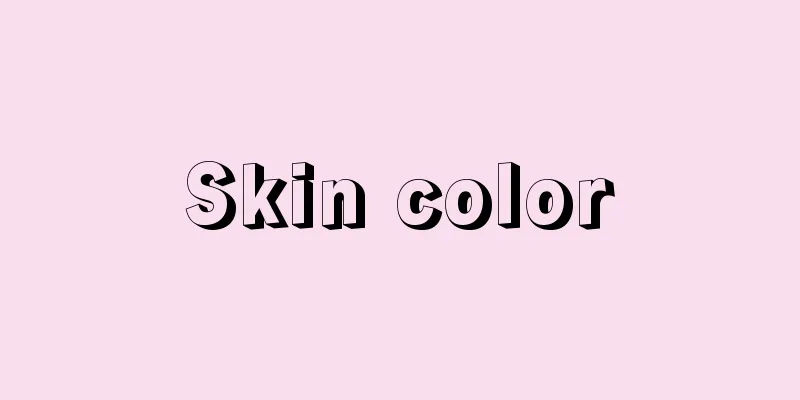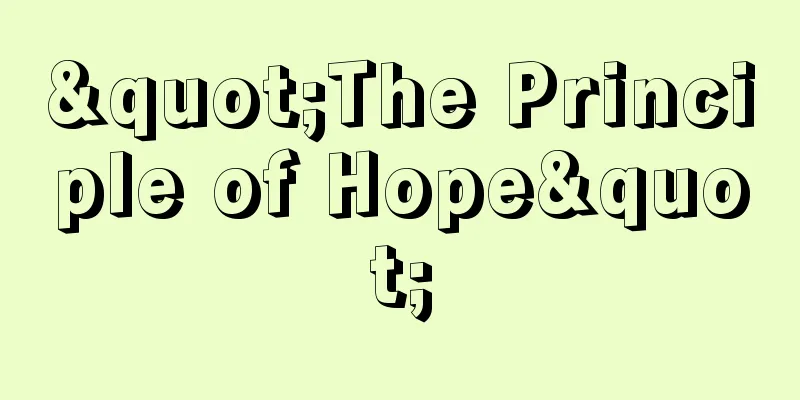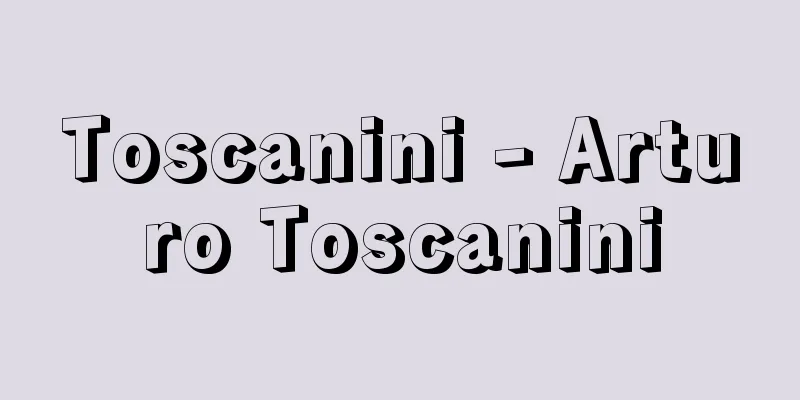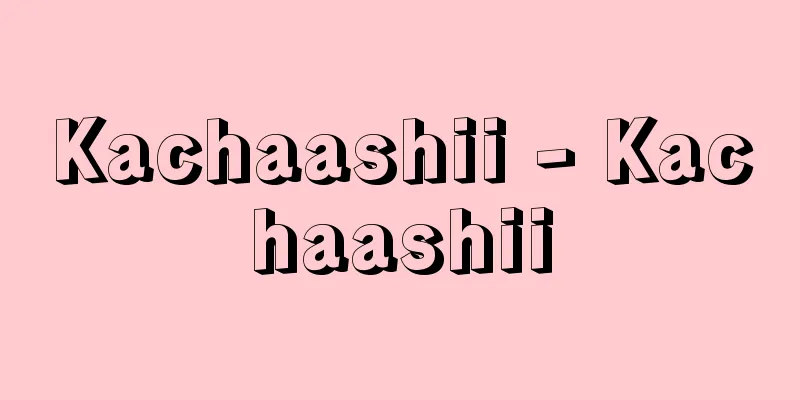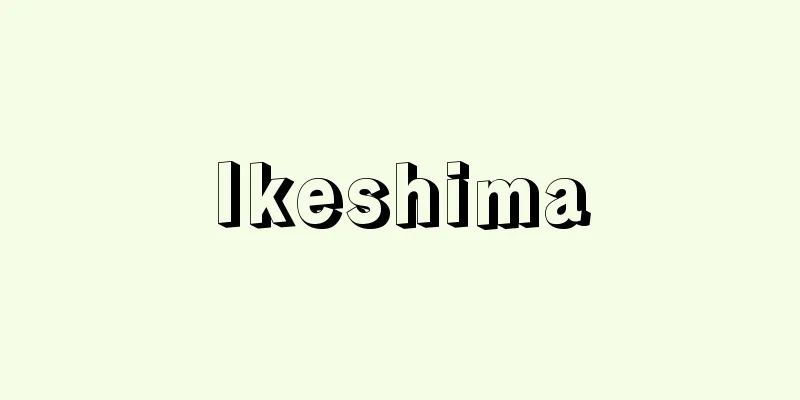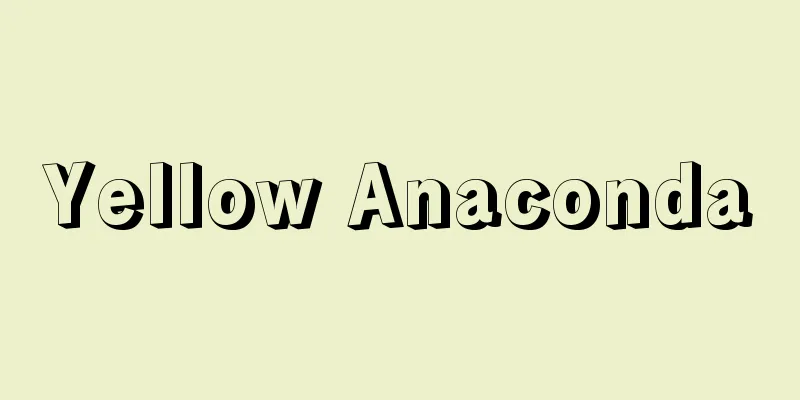Justus von Liebig
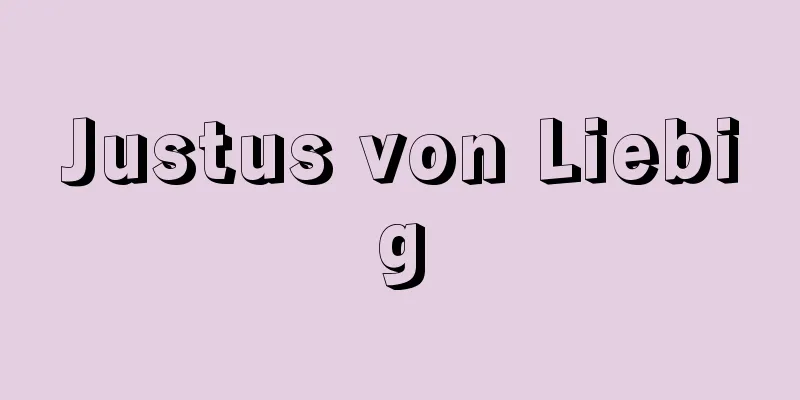
|
German chemist. Born in Darmstadt as the second of nine children to a family that manufactured and sold herbal medicines and dyes. From an early age, he became familiar with chemical experiments at his father's workplace, read chemistry books in the town library, and apprenticed at a pharmacist. In 1820, he entered the University of Bonn, where he studied under Professor Wilhelm Gottlob Kastner (1783-1857), and followed his teacher to the University of Erlangen, where he obtained his doctorate in 1822. In the same year, he studied abroad in Paris, and with the help of A. von Humboldt, he entered Gay-Lussac's laboratory, where he learned serious quantitative experimental chemistry. In 1824, with the help of Humboldt again, he was appointed assistant professor at the University of Giessen in his native country, and became a professor the following year in 1825, and in 1852 he became a professor at the University of Munich. Liebig published over 200 chemical research papers, which can be classified into the following categories: (1) improvements in analytical methods for organic compounds and determination of empirical formulas for many compounds, (2) experimental establishment of the theory of groups, (3) discovery of many new compounds (chloroform, chloral, aldehydes, etc.), (4) the hydrogen theory of acids, and (5) physiochemical studies of agriculture and plants and animals. Since he was interested in tantrums as a child, he studied fulminate salts while studying in Paris, and determined their composition (1824). Around the same time, a cyanate salt published by his fellow countryman Wöhler had the same composition, which caused controversy, but in 1826 it was confirmed that they were different compounds with the same composition (the discovery of the phenomenon of isomerism). This led to a lifelong friendship between Wöhler and him, and he became interested in chemical structures. In 1831, he announced a new method for quantitative analysis of organic compounds that was faster and more reliable than before. Liebig's method for quantitatively determining carbohydrates, the potassium sphere, and the Liebig condenser are still famous today. Using this new method, he worked with Wöhler to discover the benzoyl group in 1832, and then revealed that alcohols and ethers have ethyl groups, and developed the theory of groups by following Gay-Lussac's idea of the cyanide group. He also studied uric acid with Wöhler, and thereafter moved into the field of physiological chemistry. In 1837, he discovered that amygdalin, a component of bitter almonds, was hydrolyzed by emulsin, a "yeast-like substance" in bitter almonds, but Liebig believed that yeast was not a microorganism and that fermentation occurred when the vibrations of substances in a decomposed state were transmitted to sugar. Later, he had a fierce debate with Pasteur, who announced in 1857 that fermentation was caused by microorganisms. In 1840, he published Organic Chemistry Applied to Agriculture and Physiology. In it, he argued that plant nutrition could be inorganic, not just the mysterious humus (decaying matter of animals and plants), and that the carbon in plants comes from carbon dioxide in the air, the hydrogen from water, the nitrogen from ammonia in the air (later corrected), and the ash from the soil. He argued that harvesting alone would be "predatory agriculture," and that it was necessary to add ash to the soil, and he created the first artificial fertilizers in history, potassium and phosphate. His ideas were instrumental in dramatically increasing agricultural production. He then published Animal Chemistry in 1842. He argued that animals need carbohydrates, fats, and proteins for nutrition, and that the first two are converted into heat in the body, and that proteins become the material of the body (he did not realize the existence of vitamins). He abolished apprenticeship education and aimed to modernize chemical education. In 1826, he established the world's first student laboratory with several experimental tables, and in 1839, he established a full-scale student laboratory to teach students from all over the world. He also founded the journal Annalen der chemie und Pharmacie (Annals of Chemistry and Pharmacy) (1840) to promote research exchange, which has been published to this day under the name Liebigs Annalen der Chemie . Chemists who studied under Liebig include W. Hoffmann and Kekulé from Germany, Williamson and Frankland from England, Gerard (Gerard) and Wurtz from France, and Zinin from Russia. Japan also benefited greatly from his direct students such as Williamson and Loew from the end of the Edo period to the beginning of the Meiji period. He also edited and published the Dictionary of Chemistry (1837) with Wöhler and others, and serialized the Chemical Correspondence for the purpose of enlightenment in a newspaper, which was later published (1844). [Taoist Dasho December 13, 2018] "Yamaoka Nozomu, Chemistry History 2, 7, 8" (1958, Uchida Rokakuho Shinsha)" ▽ "Tanaka Minoru, Chemist Liebig" (Iwanami Shinsho) ▽ "J. Volhard, Justus von Liebig (1909, Leipzig)" ▽ "Günther Bugge, The Book of Chemistry Bd. Ⅱ (1930, Verlag Chemie, Weinheim)" [References] | | | | |Source: Shogakukan Encyclopedia Nipponica About Encyclopedia Nipponica Information | Legend |
|
ドイツの化学者。ダルムシュタットで生薬(しょうやく)や染料の製造販売業を営む家に9人兄弟の第2子として生まれる。父の仕事場で幼時から化学実験に親しみ、町の図書館で化学書を読み、薬屋に徒弟奉公して、1820年ボン大学に入学。カストナーWilhelm Gottlob Kastner(1783―1857)教授に学び、師に従いエルランゲン大学に移り、1822年博士号を取得した。同年パリに留学、A・フォン・フンボルトの世話でゲイ・リュサックの研究室に入り、本格的な定量的実験化学を学び、1824年ふたたびフンボルトの世話で母国のギーセン大学助教授に就任、翌1825年教授となり、1852年ミュンヘン大学教授となった。 リービヒは化学研究論文を200以上発表したが、その内容は(1)有機化合物の分析法の改良と多数の化合物の実験式の決定、(2)基の理論の実験による確立、(3)多数の新化合物の発見(クロロホルム、クロラール、アルデヒドなど)、(4)酸の水素説、(5)農業および動植物の生理化学的研究などに分類できる。 幼いころにかんしゃく玉に興味をもって以来パリ留学中も雷酸塩を研究し、その組成を決定した(1824)。同じころ、同郷のウェーラーが発表したシアン酸塩の組成が同一であったことから論争になったが、1826年同一組成で異種化合物であることが確認され、(異性現象の発見)、これを機にウェーラーと生涯の親交を結び、化学構造に興味をもった。1831年、従来より速く確実な有機化合物の新定量分析法を発表した。リービヒの炭水素定量法、カリ球、リービヒ冷却器などはいまも有名である。この新方法を使ってウェーラーと共同で研究し、1832年ベンゾイル基を発見、ついでアルコールとエーテルがエチル基をもつことを明らかにし、ゲイ・リュサックのシアン基の考えを継いで基の理論を発展させた。さらに、ウェーラーと尿酸を研究、以後は生理化学分野に進んだ。 1837年、苦扁桃(くへんとう)の成分アミグダリンが苦扁桃中の「酵母のような物質」エムルジンによって加水分解されることを発見したが、リービヒは、酵母は微生物でなく、発酵は分解状態にある物質の振動が糖に伝わっておこると考えた。のち1857年に発酵は微生物によっておこると発表したパスツールと激しく論争した。 1840年『農業と生理学に応用した有機化学』を出版。このなかで、植物の栄養は従来の神秘的なフムス(動植物の腐敗物)でなくとも無機物でよいとし、植物体の炭素分は空気中の二酸化炭素、水素分は水、窒素分は空気中のアンモニア(のちに訂正)、灰分は土からくる、収穫するだけでは「略奪農業」になると、灰分を土に与える必要を述べ、史上初めてカリウムやリン酸塩の人工肥料をつくった。彼の考えは農業生産を飛躍的に高めるのに役だった。ついで1842年『動物化学』を出版。動物の栄養には炭水化物、脂肪、タンパク質が必要で、前二者は体内で熱に、タンパク質は体の素材になるとした(ビタミンの存在には気づかなかった)。 彼は徒弟教育を排し化学教育の近代化を目ざし、1826年実験台数台の世界最初の学生実験室をつくり、1839年には本格的学生実験室をつくって世界各地から集まった学生を教育した。また研究交流のため論文誌『化学・薬学年報』Annalen der chemie und Pharmacieを創刊(1840)、この雑誌はいまもLiebigs Annalen der Chemieと改名して続いている。リービヒに学んだ化学者に、ドイツのW・ホフマン、ケクレ、イギリスのウィリアムソン、フランクランド、フランスのジェラール(ゲルアルト)、ウュルツ、ロシアのジーニンらがおり、日本も幕末から明治初期にウィリアムソンやレーブなど彼の門下から直接に大きな恩恵を受けた。彼はまた『化学の辞典』(1837)をウェーラーらと編集出版、啓蒙(けいもう)を目的とした『化学通信』を新聞に連載し、のちに出版した(1844)。 [道家達將 2018年12月13日] 『山岡望著『化学史談2・7・8』(1958・内田老鶴圃新社)』▽『田中実著『化学者リービッヒ』(岩波新書)』▽『J. VolhardJustus von Liebig(1909, Leipzig)』▽『Günther BuggeDas Buch der grossen Chemiker Bd. Ⅱ(1930, Verlag Chemie, Weinheim)』 [参照項目] | | | | |出典 小学館 日本大百科全書(ニッポニカ)日本大百科全書(ニッポニカ)について 情報 | 凡例 |
<<: Li Bing (English spelling) Lǐ Bīng
>>: Richthofen, Ferdinand von Wilhelm
Recommend
Compound sentence
...There are various types of subordinate clauses...
Hemochromatosis (English spelling) h(a)emochromatosis
A disease in which large amounts of iron are depos...
Betti number (English spelling)
...A closed curve c on a genus 2 closed surface (...
Well - Ido (English spelling) well
A hole dug to draw water from underground. In anc...
Lan Xang (English spelling)
...It was governed by a royal ideology that combi...
Epidamnos
…Population: 85,000 (1990). It originated from th...
Automatic star tracking device (English: star tracker)
Most astronomical observation equipment has a mech...
Functional psychology
The concept of functional psychology generally re...
Cowhide longhorn beetle - Cowhide longhorn beetle
…The boll weevil Araecerus fasciculatus is distri...
Iheri - Iheri
…The above has mainly dealt with family systems r...
Iwatsuki dolls
A regional brand of Saitama Prefecture in the Kant...
Armand du Plessis, Cardinal and Duc de
Born: September 9, 1585 in Paris [Died] December 4...
Harbor - Kouwan (English spelling) harbor; port
A body of water that is protected from wind, waves...
Amperometric titration
...The indicator electrode is selected from a var...
Nonconformists
A general term for those who refused to follow th...

